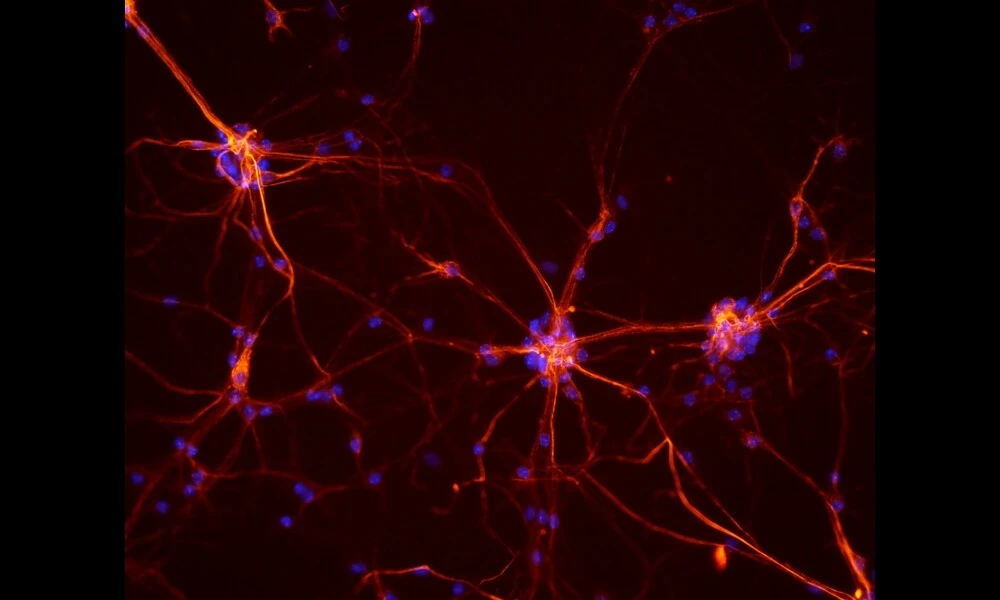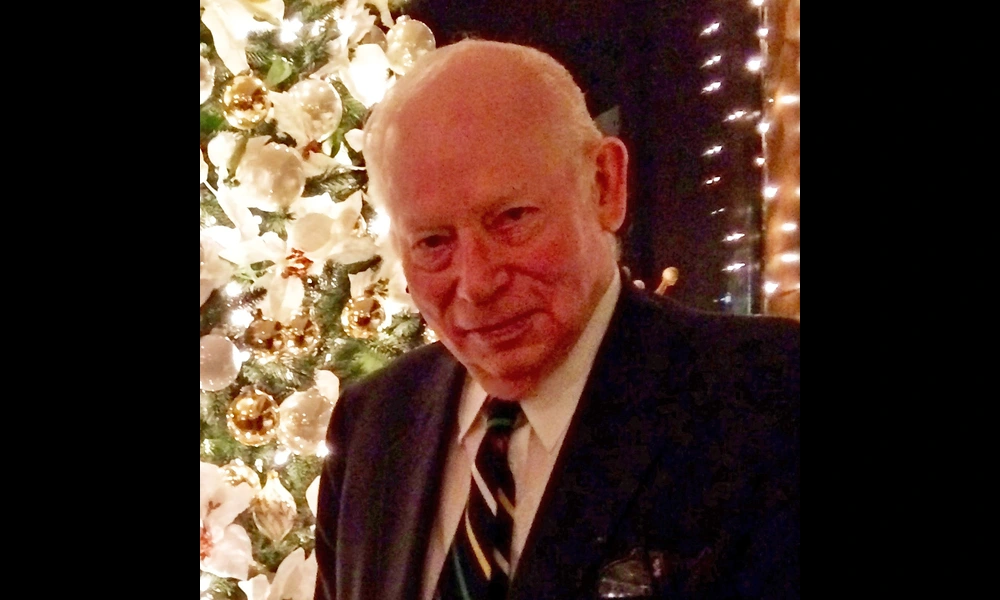How Potassium and Calcium Currents Impact Neurons
Published on Wed Aug 16 2023 Healthy Mouse Spinal Cord Neurons | NIH Image Gallery on Flickr
Healthy Mouse Spinal Cord Neurons | NIH Image Gallery on FlickrA recent preprint paper published by researchers from the field of neuroinformatics explores the role of potassium and calcium ion channels in the firing patterns of neurons. The firing patterns of neurons vary from synchronized oscillations during sleep to desynchronized firing during movement. However, in the case of epilepsy, neurons can exhibit synchronized bursts of activity. This study investigates the mechanism behind the transition from regular spiking to burst firing patterns in pyramidal cells, which are the most common type of neuron in the brain.
The researchers used a conductance-based model of a cortical pyramidal cell to simulate the firing patterns. They found that slow potassium currents play a crucial role in the emergence of high-synchronous activities and the transition to burst firing patterns. They also observed that the interplay between high-threshold (IL) and low-threshold (IT) ion channels affects the conditions under which bistable dynamics occur. When IL conductance is high, synchronous bursts appear when neurons are weakly coupled and receive more external input. On the other hand, when IT conductance increases, higher coupling and lower external input are required to produce burst synchronization.
These findings have important implications for understanding brain diseases such as epilepsy. By gaining a deeper understanding of the specific ion channels involved in different firing patterns, researchers may be able to develop targeted pharmacological interventions to induce transitions from pathological high bursting states to healthy states. The study also highlights the potential of neuroinformatics and computer simulations to uncover new insights into the complex firing patterns of neurons and networks.
Further research is needed to explore the specific variations and mutations of potassium and calcium ion channels that contribute to epileptic activity. Additionally, developing drugs that are subtype-specific and selectively target these ion channels could be a promising avenue for controlling and treating network activity associated with epilepsy. Overall, this study provides valuable insights into the dynamic and biophysical characteristics of ion channels in neuronal firing patterns and opens up new possibilities for understanding and treating brain diseases.



